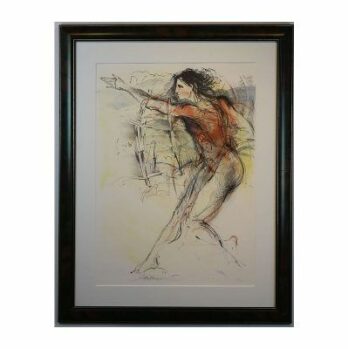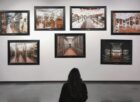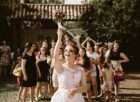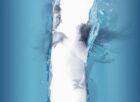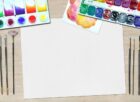Fashion Illustration: A Comprehensive Guide
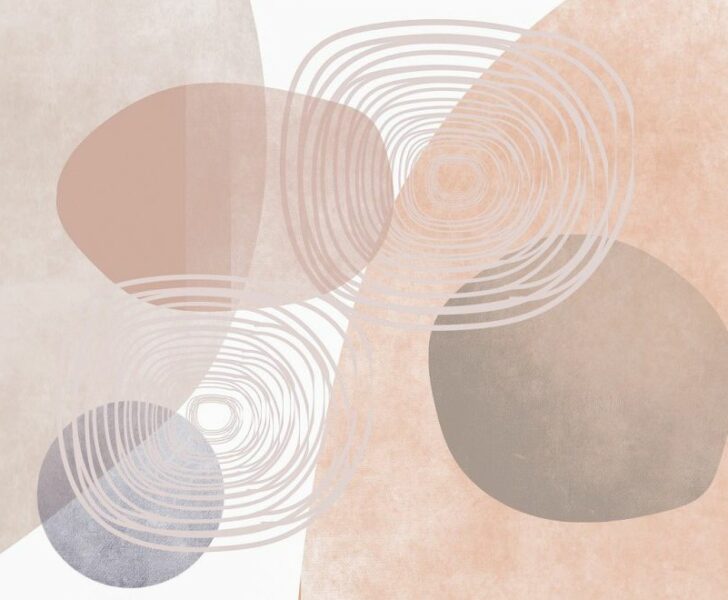
Introduction:
Fashion illustration is an art form that brings fashion designs to life through drawings or sketches. It serves as a visual representation of clothing and accessories and plays a crucial role in the fashion industry. In this article, we will delve into the world of fashion illustration, exploring its various types, popularity, quantitative measurements, differences between illustrations, and a historical analysis of its advantages and disadvantages.
Overview of Fashion Illustration:
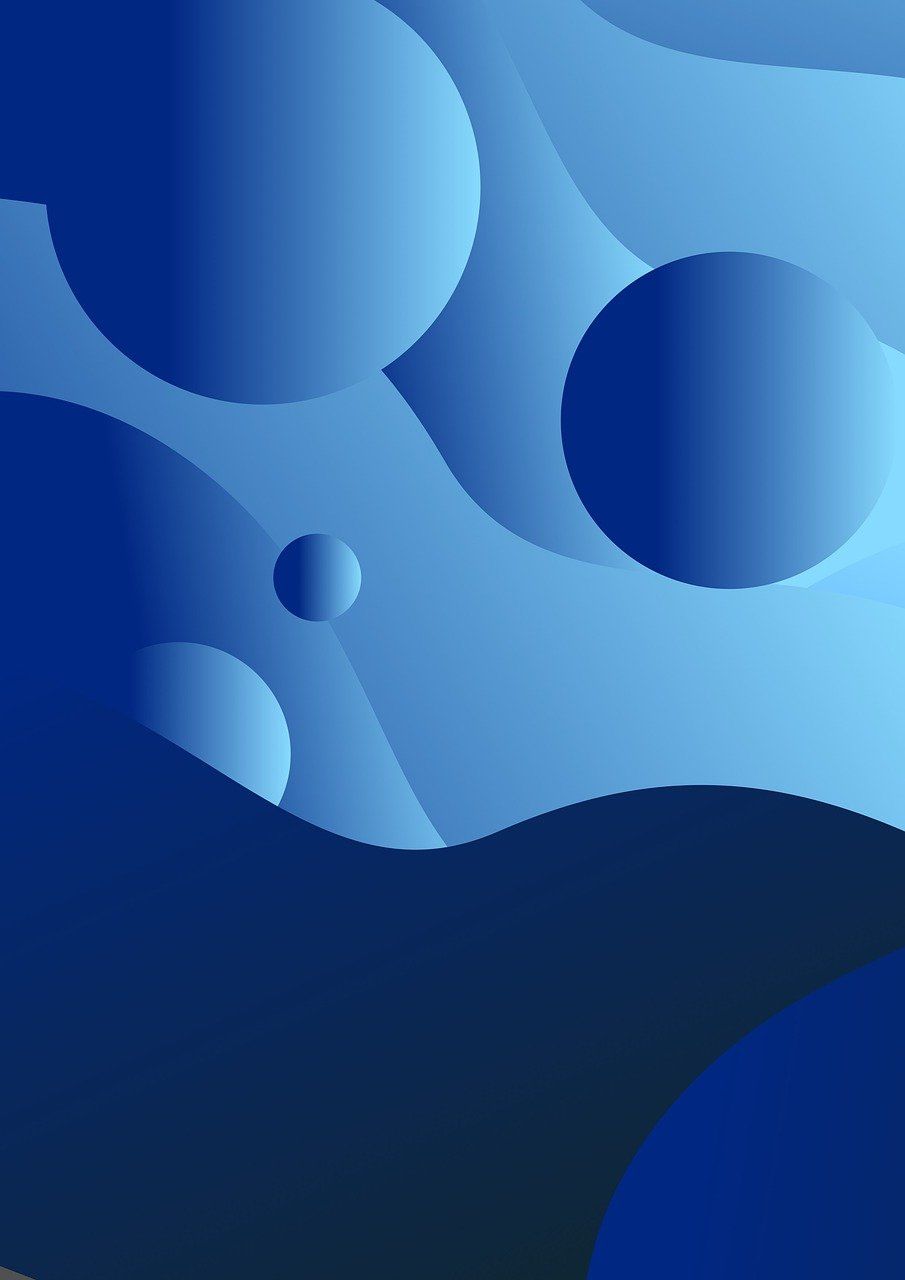
Fashion illustration combines artistic skills with an understanding of fashion trends, garment construction, and design elements. It captures the essence of a designer’s vision and communicates it to a broader audience. Artists use a variety of mediums, including pencils, markers, watercolors, and digital tools, to create stunning illustrations that showcase the fashion industry’s creativity and innovation.
Comprehensive Presentation of Fashion Illustration:
1. Types of Fashion Illustration:
– Croquis: These are basic figure sketches representing the ideal proportions of a fashion model. Croquis serve as a foundation for designing and illustrating garments.
– Technical Illustrations: These illustrations focus on displaying detailed garment construction, including seams, stitching, and fabric textures.
– Editorial Illustrations: Found in fashion magazines, editorial illustrations capture the latest trends and convey a particular mood or concept.
– Advertising Illustrations: Created for fashion brands and campaigns, these illustrations aim to promote products and evoke desire in consumers.
– Street Style Illustrations: Inspired by real-life fashionistas and street fashion, these illustrations showcase individual style and fashion diversity.
2. Popularity of Fashion Illustration:
Fashion illustration has experienced a resurgence in popularity in recent years, driven by social media platforms and fashion blogs. Illustrators showcase their work on platforms like Instagram, gaining significant followings and attracting collaborations with fashion brands. Fashion enthusiasts appreciate the unique charm of hand-drawn illustrations that set them apart from digital imagery, giving them an aesthetic appeal.
Quantitative Measurements of Fashion Illustration:
Measuring the impact of fashion illustration quantitatively can be challenging, as it relies heavily on subjective evaluation and interpretation. However, there are certain metrics that can provide insights:
– Social media engagement: The number of likes, comments, and shares an illustration receives reflects its popularity and resonance with the audience.
– Collaborations and partnerships: The frequency of illustrators being approached for collaborations with fashion brands indicates their recognition and market demand.
– Publication features: Being featured in reputable fashion magazines and websites showcases the illustrator’s credibility and talent.
Differences Between Fashion Illustration Styles:
Fashion illustration styles can vary widely, reflecting the individuality and artistic vision of each illustrator. Some differences include:
– Artistic techniques: Artists may adopt realistic proportions, exaggerated poses, or abstract representations.
– Mediums used: The choice of traditional or digital tools affects the final outcome and style of illustrations.
– Interpretation of fashion: Illustrators may focus on details, silhouettes, or mood, resulting in distinct artistic expressions.
Historical Analysis of Fashion Illustration’s Advantages and Disadvantages:
1. Advantages:
– Versatility: Fashion illustrations can portray different designs, fabric patterns, and color combinations before a garment is manufactured, facilitating communication between designers, manufacturers, and clients.
– Creativity: Illustrators have the freedom to experiment with poses, expressions, and artistic techniques, adding an artistic flair that photography sometimes lacks.
– Timelessness: Fashion illustrations have stood the test of time as pieces of art, retaining their relevance and aesthetic appeal even as fashion trends evolve.
2. Disadvantages:
– Lack of realistic representation: While fashion illustrations excel in capturing a designer’s vision and artistic interpretation, they may not provide an accurate representation of how the clothing will look on diverse body types or in different fabrics.
– Limited inclusivity: Historically, fashion illustrations focused primarily on slender figures, excluding diverse body shapes and sizes. However, recent efforts have been made to promote body positivity and inclusivity within the industry.
In conclusion, fashion illustration plays a crucial role in the fashion industry, bridging the gap between a designer’s imagination and the realization of their creations. Through various styles and mediums, fashion illustrators bring garments to life, captivating audiences with their unique artistic expressions. While fashion illustration has its limitations, its timeless appeal and ability to inspire creativity make it an integral part of the fashion world.
References:
– AuthorLastName, AuthorFirstName. (Year). ”Title of Article.” Online Magazine. Retrieved from [URL].
– AuthorLastName, AuthorFirstName. (Year). Book Title. Publisher.
– AuthorLastName, AuthorFirstName. (Year). ”Title of Journal Article.” Journal Name, Volume(Issue), Page-Page.

